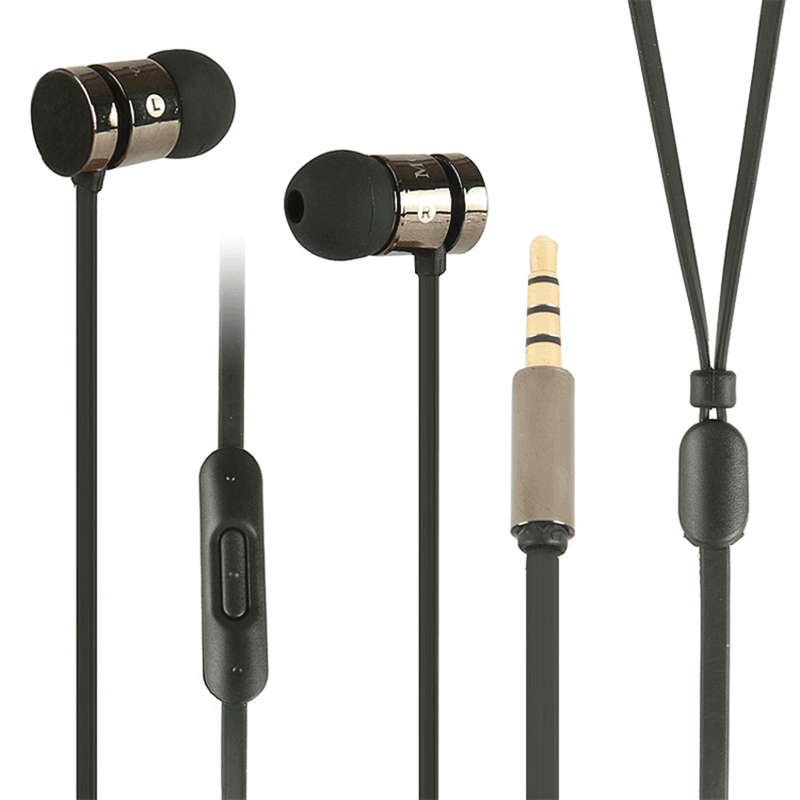In the design of LED products , including secondary optics, light pipes, light guides and other optics, moldable silicone is emerging as a viable option. A new formulation specifically designed for semiconductor solid-state lighting can withstand the high temperatures generated by LED semiconductor junctions without causing degradation in optical performance. The material also provides product designers with greater design flexibility by using molds to create complex shapes.
As LEDs increasingly replace traditional light sources, the global lighting market is on the eve of a comprehensive transformation. According to McKinsey analysts, the LED lighting market will explode at an average annual rate of 30%, and will exceed $81 billion by 2020, close to 60% of the overall lighting market.
LEDs are being accelerated by more and more general-purpose lighting applications and confirming these predictions, from low-power, low-light-through luminaires, such as downlight replacement products (LEDs are widely replacing low-power, compact fluorescent and halogen lamps) To more challenging applications such as street lighting, industrial lighting , office lighting, high-power halogen lamps or stadium lighting. When LED sources are further infiltrated into applications that require higher lumen density and power, they are physically required to operate at higher temperatures—although designers seek to reduce the number of LEDs or to make LEDs more compact. Arranged to develop a source of light that is comparable or smaller than previous generation devices.
At the same time, LED designers are constantly innovating modules, light sources and lights to integrate more functions with fewer devices or to introduce smaller and more complex features. LED manufacturers are looking for new materials to accelerate growth, improve yields (especially larger parts), or reduce waste.

new material
For such an emerging field of lighting, the design and materials used are rapidly updated, and all of the above mentioned challenges are actually “growth troubles†that must be faced. In response, the industry is constantly exploring new materials, such as silica gel, which are used in fewer LED applications, but silicone has long been used in many other areas such as advanced electronics, automotive and communications, and has proven its reliable performance. Silicone solves several of the challenges of next-generation LED design, including withstanding high temperatures, increasing lumen density, enhancing manufacturability, and enabling more complex designs. And LED-like, silicone is also making progress. Recently, a number of leading optical and LED manufacturers have used a new class of optical grade moldable silicones in their new designs with positive results.
What are you hearing when you listen to a rock music? Some people listen to the metal bass sound that hits the bottom of the heart. Some people listen to the emotional release of their own hidden hearts. Some people listen to the shouts of screaming and forget all beings.
Currently, there are variety of earphones on the market for people for choose, from the initial wired earphone to Bluetooth Earphone, which is more meets with people's requirements. And it has also improved on sound and noise cancelling.
Linx's Metal Earphones are made of aluminum alloy cavity, which can adopt laser logo and UV high-gloss printing. It will keep new for a long time. The bass of the headphones shows a deep dive and a simple elasticity. Clear sound field positoning so that you can not only hear the sound of every instruments, but also listen to the immersive scene in rock live.

Metal Earphones
Metal Earphones,Metal Headphones,Metal Mobile Earphones,Metal Zipper Earphones
Shenzhen Linx Technology Co., Ltd. , https://www.linxheadphone.com
